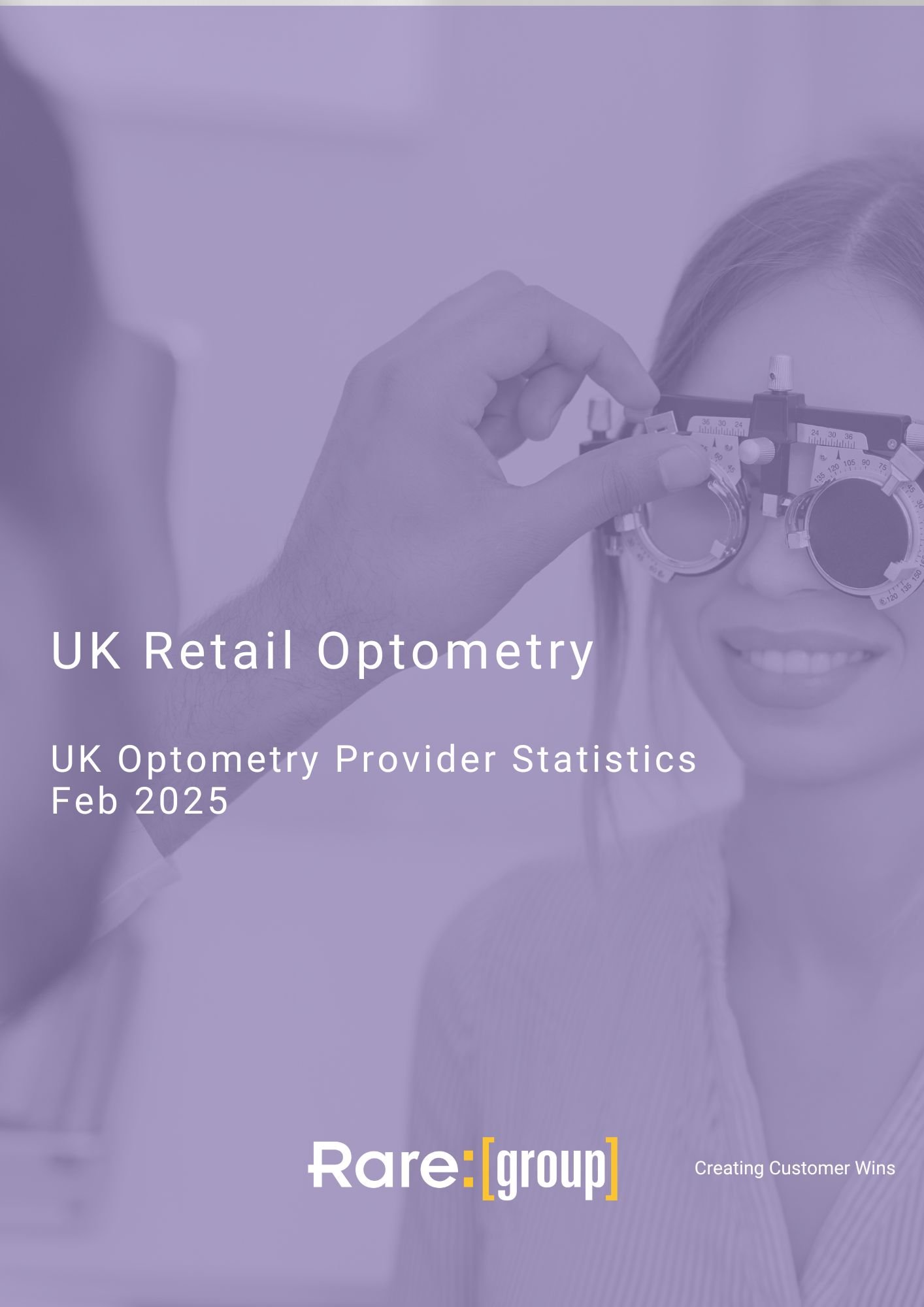How the UK Medical Aesthetics market is evolving
The UK medical aesthetics industry has been significantly growing over the years, with new products and treatments hitting the market regularly, the sector is always evolving in an attempt to keep up with demand.
In fact, our research shows that the UK non-surgical aesthetics industry is valued in excess of £3 billion in the next 12 months, meaning there is a huge opportunity for manufacturers, clinics and distributors to grow their businesses.
But what does this look like in terms of the number of people considering or having treatment?
UK Aesthetic Market Size
7.7 million (11%) have had treatment in the last 12 months, this includes botulinum toxin, dermal fillers, fat dissolving, medicated weight management and more. However, when we look at those who are considering treatment, there are 13.9 million (1 in 5) people considering it in the next 12 months - that’s twice as much as those who have had treatment.
This means that not only are there 13.9 million people for the industry to reach but there are an additional 6 million people that haven’t yet been converted, highlighting the current and potential opportunity in the marketplace.
Consumer demand in the UK market
Between March and October 2022, there was significant growth in the number of people who were interested in botulinum toxin (an increase of 5%) and dermal filler treatment (an increase of 4%).
Botulinum Toxin
If we look closely at botulinum toxin and what is driving this 5% growth over a 6 month period, we can see that this is driven mainly by 33-40 year olds with 32% of this age cohort considering treatment in the next 12 months. In comparison, there has been a 10% decrease in people aged 25-32 considering botulinum toxin.
Our Medical Aesthetics Tracker is also able to map by region where there is growth in the market, with London and North East of England seeing an increase in botulinum toxin at 4%, whereas West Midlands has seen a decline of 2%.
Dermal Filler
Interestingly, growth in those considering dermal filler is the reverse of botulinum toxin, with 26% of 25-32 year olds looking to have this treatment, a 5% increase within a 6 month period. Whereas, there is a 8% decrease amongst those aged 33-40 year olds considering dermal fillers.
Again, looking at this on a regional level, we know that London is still growing at 4%, alongside Yorkshire and Humberside at 5%. However, the South East of England has seen a 6% decrease in people wanting to get dermal fillers.
Understanding where the growth is by region allows businesses to strategically plan where their sales and business efforts will be placed to ensure resources are spent in regions that are growing.
Market Supply vs Market Demand
With all this information and understanding of how the market is growing, how well is the market serving these needs?
Using our Clinic Profiler, we’re able to map how many clinics are offering treatments that we know are seeing significant growth amongst consumers. If we look at the market as a whole, we can see that 20% of people in England are considering some form of treatment, however, only 8% of CQC-registered clinics offer aesthetics.
Of course, we know that there are non-registered CQC clinics that are serving the market, something we will be able to reveal soon using our Clinic Profiler, but the above statistic still shows that demand is currently higher than supply.
Let’s take a closer look at the treatments we’ve discussed so far:
As we can see in the above table, dermal filler is currently overserved in the marketplace in comparison to the demand from consumers. Whereas, there is a case to argue that botulinum toxin needs more capacity to meet the demand of the market.
Final Thoughts
By using data to understand where the growth in the market is happening, which treatments are growing and amongst which age cohorts, you can begin to tailor your sales and marketing outreach to focus team outputs and optimise revenue growth.
Finally, if you’re looking to grow your treatment repertoire or presence in the UK market, don’t hesitate as there is lots of opportunity to do so.
Download related reports from Rare:





















